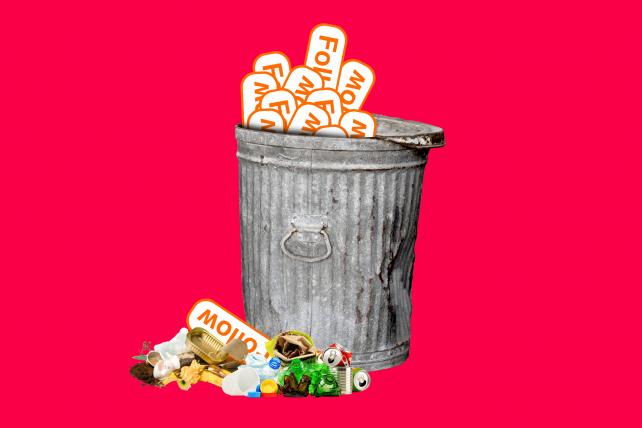Keith Weed intentions were good last week when he said Unilever would no longer work with influencers that buy followers. The influencer industry should be delighted that it’s being recognized by the chief marketing and communications officer of Unilever, one of the world’s largest advertisers, and that many others followed suit over the past days. It’s great to open up a discussion about the authenticity of influencer audiences, and I for one welcome the debate.
Fake followers is an issue that the whole industry is working hard to eradicate. However, there’s a whole other side to this problem that sits squarely on the shoulders of Keith and all other marketers.
Ultimately, the reason influencers have bought fake followers is because of the industry’s obsession on the number of followers an influencer has and the number of likes they get, which has also recently been the case with Unilever.
It’s the focus on these vanity metrics that’s driving the issue, since it’s financially incentivizing influencers to boost their audience numbers. On many occasions I’ve seen influencers lose out on brand opportunities to other, more expensive influencers despite being far more suitable, all because the other influencer has more followers.
I’m not saying the fake follower issue shouldn’t be resolved—it should. But it should be about someone’s suitability with the brand—that alignment of their audience and the quality of the content that engages that audience.
If you think of influencers as publishers, then an analogy for magazine advertising can be used. Let’s say you have a brand wanting to reach young professionals who live in urban areas and are interested in technology. Which of the below should you choose?
a) A lifestyle magazine that has a print run of 500k, though 20 percent never actually get distributed and are put in the bin.
b) A lifestyle magazine that has a print run of 300k and it’s all distributed across urban and rural areas.
c) A technology magazine aimed at young professionals that has a print run of 50k which are all distributed across urban areas.
You get the idea. The majority of people currently buying influencer marketing choose option “a.” In reality, the answer would be a combination. You’d work out your objectives, then evaluate each option individually, not judge them all with the absolute focus on the size of their print run.
The problem with focusing on the number becomes apparent when the work begins. A brand will commission an influencer and either give them too much freedom, and the work is unfocused and misaligned, or become too controlling, treating the influencer like a content production agency rather than what they truly are—creators, makers, artists. This means that the work is ineffective because it’s no longer truly authentic to that influencer. Marketers need to realize that influencer marketing is about the power of collaboration, and choosing the right person to work with depends on a lot more factors than just their follower number.
For sure, those of us in all parts of the influencer industry need to do our parts to provide even more insight and transparency than we have been. I implore Keith and other marketers to take urgent action now to ensure they are not contributing to the issue.
If I was in Keith’s shoes (or his colorful jackets) then I’d say, “As of today, in all influencer marketing, Unilever will focus on setting up great collaborations with the most suitable influencers, rather than focusing on follower numbers.”
Credit: adage.com

